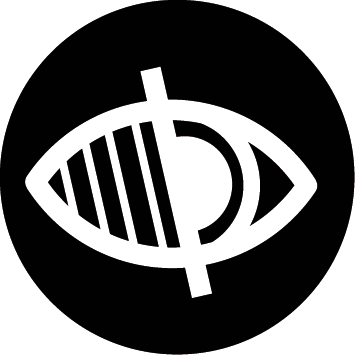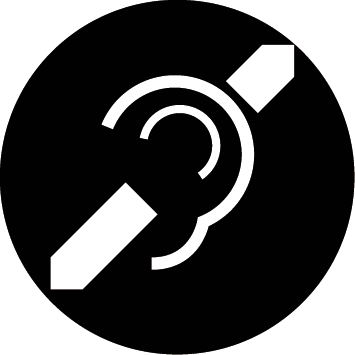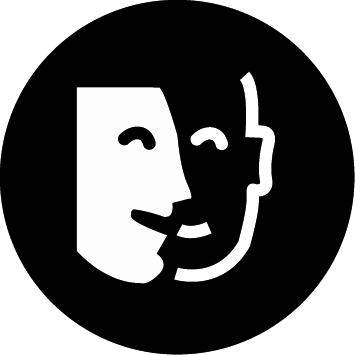How can I make it more accessible?
Check out some improvements we implemented in our projects to meet customers’ needs.

+ Comfortable
Better mobility is directly related to a more comfortable experience when visiting or using a service.

Want a closer look?
Monocular lenses allow you to see objects in more detail and from a distance.


Tactile paving, detected with the feet, alerts of danger and makes sites safer.

Easy to open?
An accessible handle and latch must work smoothly and be operable with just one hand.

Descriptions, in the form of written text, audio, apps or other devices, are great for explaining something that cannot be perceived directly.
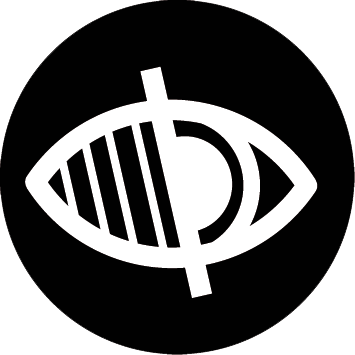
+ Visibility
Providing appropriate light and visibility is an effective way of improving user experience, and a flexible approach is always welcome.
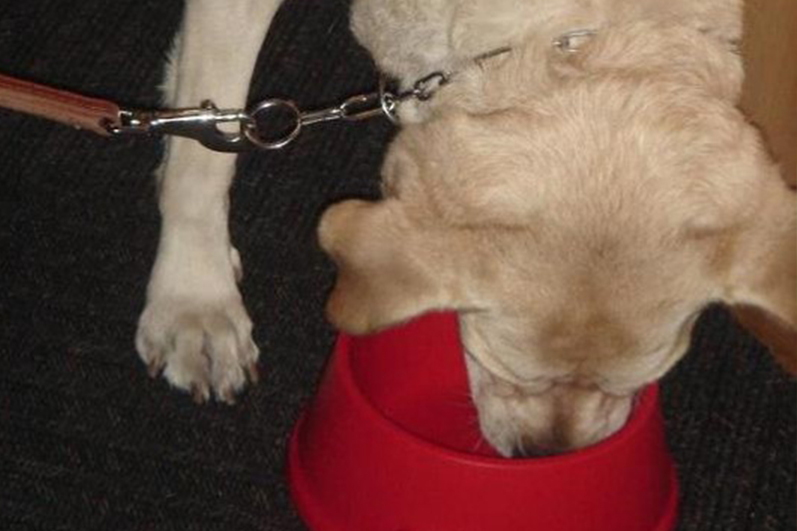
Everybody welcome?
Some guests have very special needs.

How do you read?
Combining large print, colour, raised images and braille, makes it legible for most people.

A tactile model of a building or area helps visitors to understand the spatial dimension.

What does it sound like?
Adding sound, like audio description, to certain resources makes them more effective and meaningful.
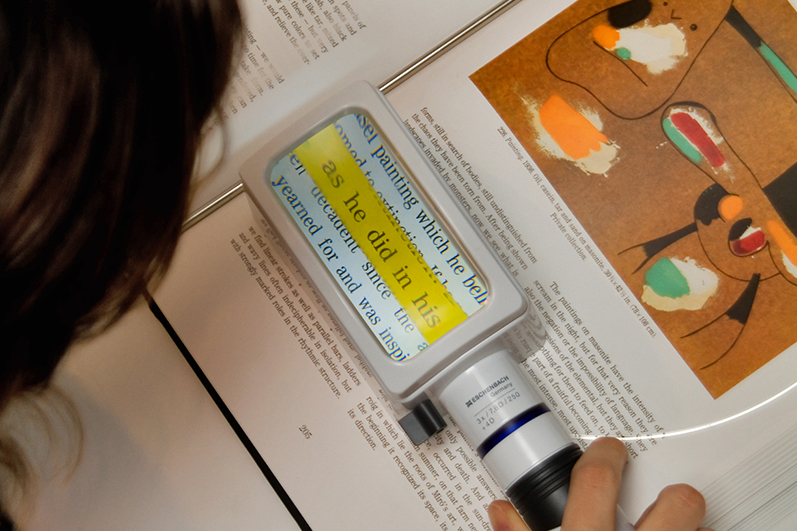
Too small?
Magnifying systems can include LED illumination and an orientation line for comfortable reading.

+ Audible
Hearing problems are not only for some persons. It is also hard to follow an audio because of surrounding noise or an inappropriate situation to use the sound. Delivering alternative formats are a good answer to a wider audience.
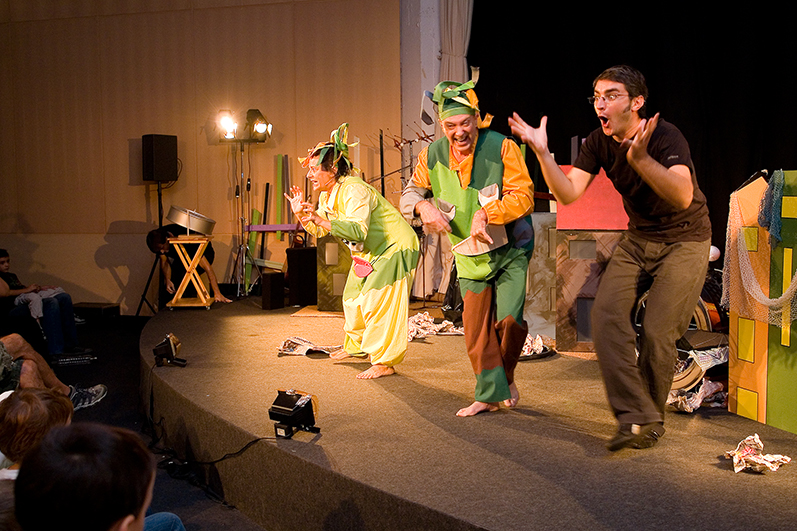
Have to choose?
Putting the speaker or actor and the sign language interpreter together means that the audience doesn’t have to choose between following one or the other. This “shadow” interpreting is more integrated and adds new nuances to what is being said.
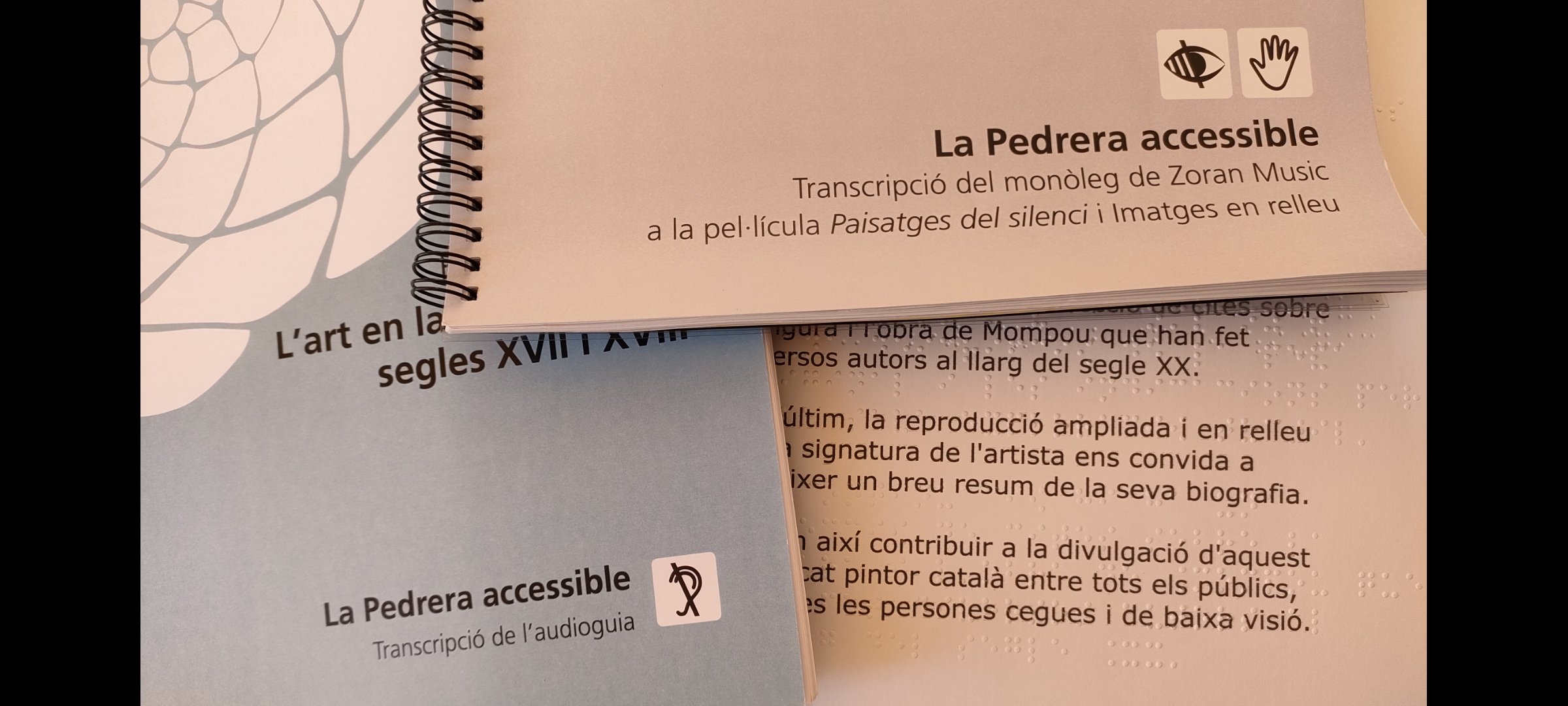
Transcribing the content of an audio guide is makes a useful alternative format. You can include large print and braille together so everyone can share , and read at their own pace.
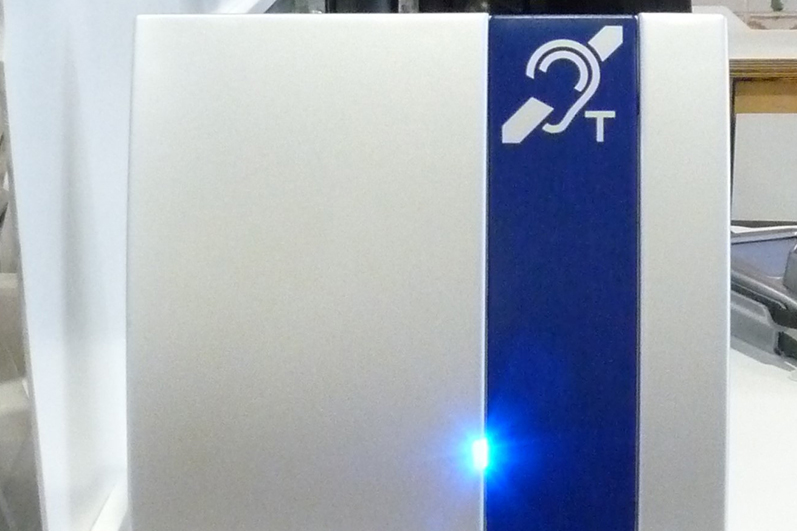
Communication?
Induction loops can substantially improve oral communication with people who wear hearing devices.

Makes sense?
A combination of different senses in a product or service enhances the experience.
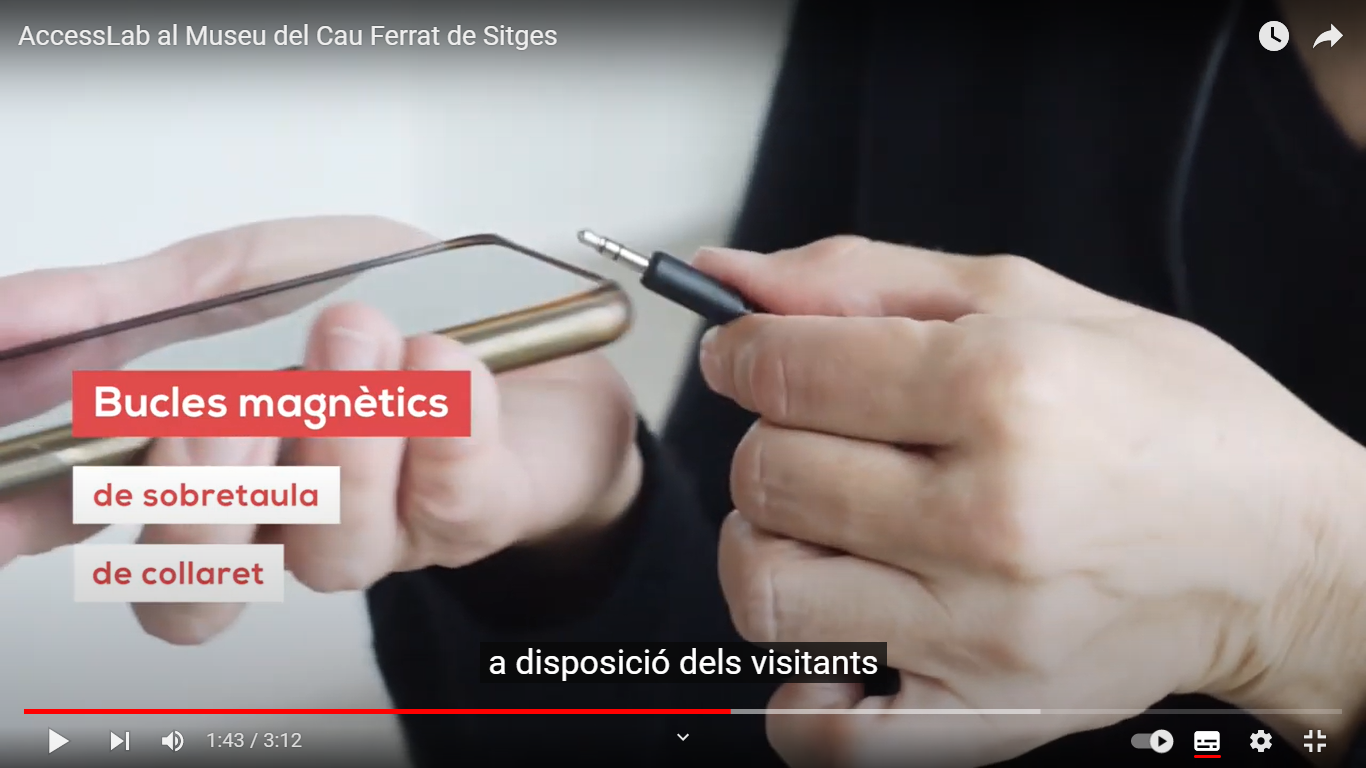
Captioning in the same language as the audio reinforces the message for everyone.
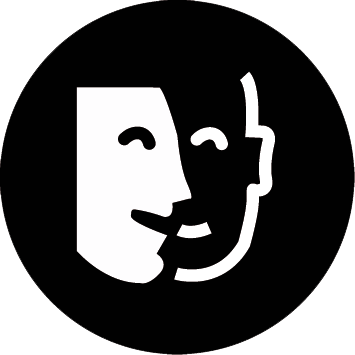
+ Sensorial
Situations like not being able to understand a foreign language can be very frustrating. Embracing diversity and focusing on communication is a helpful way to understand your customers’ journey.

Further information?
Training is one of the pillars of implementing an accessibility plan. And conferences, round tables, symposiums and sharing experiences are always enriching.

Workshops?
Accessibility and diversity awareness through activities is an open door to sharing new opportunities from an early age.
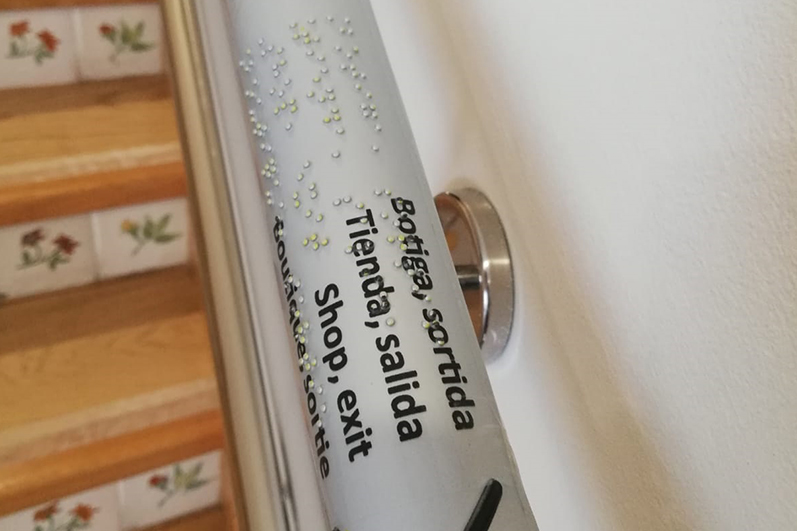
Wayfinding signs on stair banisters are ideal for providing directions in large print and braille.

What does it sound like?
Combining formats that allow you to access the information in different ways is an opportunity to learn and share through play.

Images that can be felt as well as seen enrich the experience for everyone.

